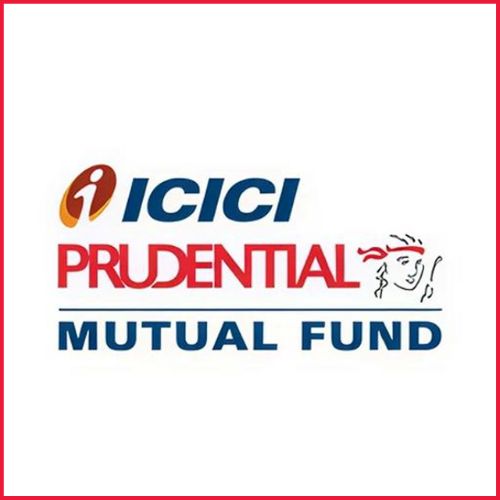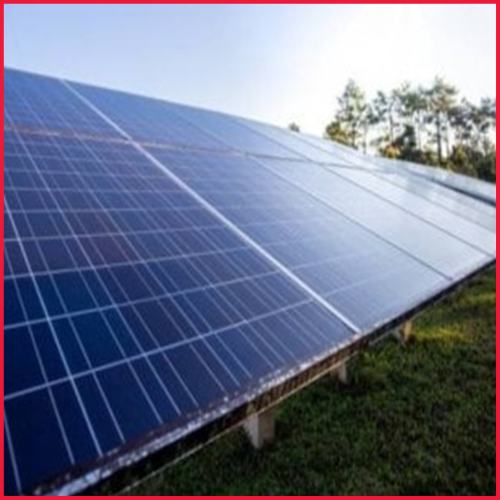Vedanta is planning to use the proceeds to prepay or repay existing debt and for capital spending. The last time Vedanta raised funds through local currency bonds was in December 2021. Earlier this calendar year, rating agencies, including CRISIL and India Ratings, upgraded Vedanta’s rating to AA.
At a time when higher US interest rates have made it expensive for Indian firms to tap foreign bond markets, mining major Vedanta Limited is likely to have struck a direct transaction with Life Insurance Corporation of India (LIC) to raise Rs 4,809 crore through 10-year bonds.
“It’s a structured transaction with LIC which they (Vedanta) are doing. They (Vedanta) are AA-rated. It’s a 10-year paper. It’s a direct trade with non-coupon bidding; it is open bidding,” said a senior treasury official.
“The pricing is somewhere around 10-year G-sec plus 100 basis points – likely around 8.50 per cent,” the source said. The 10-year benchmark government bond settled at 7.41 per cent on Monday. Multiple sources noted that while details of such structured transactions are not made public, the size of the deal suggested the involvement of LIC.
The mining giant is also looking to raise around Rs 1,800 crore to Rs 2,000 crore through the sale of 18-month papers, although sources did not name the investors likely to be involved in this fundraising.
According to the sources, while the 10-year bond transaction had been completed, talks were still on for the 18-month bonds.
Vedanta is planning to use the proceeds to prepay or repay existing debt and for capital spending. The last time Vedanta raised funds through local currency bonds was in December 2021. Earlier this calendar year, rating agencies, including CRISIL and India Ratings, upgraded Vedanta’s rating to AA.
Last week, the dollar-denominated debt of Vedanta Resources and Tata Motors maturing in 2024 suffered their biggest drop on record as the rupee weakened to all-time lows, Bloomberg reported. Foreign currency bonds of Adani Green Energy suffered their biggest fall since March, while GMR Hyderabad’s 2026 securities also fell, the report said.
The domestic currency weakened to an all-time low of 78.39 per dollar on June 22. So far this calendar year, the rupee has shed about 5 per cent against the US dollar.
The rupee’s weakness amid higher US interest rates, elevated crude oil prices, and record overseas outflows from Indian stocks have made it costlier for firms to service their foreign debt.
In February 2021, Vedanta raised $1.2 billion through offshore bonds.
“The tailwinds which had helped Indian borrowers to tap offshore markets at a cheaper cost and easy access in the last two years have reversed,” said India Ratings and Research Director Soumyajit Niyogi. “The rates in advanced economies have gone up significantly, especially at the shorter end of the curve. The shorter end of the curve is largely linked to floating rate borrowing from offshore markets. In addition to that, the weak rupee has worsened the arithmetic.”
Incidentally, in March 2022, the US Federal Reserve embarked on its current monetary tightening cycle, raising interest rates by 25 basis points that month. Since then, the Fed has raised rates by additional 125 basis points.
The cost of borrowing for Indian corporates has surged in the past few months with the Reserve Bank of India (RBI) tightening interest rates amid high inflation. The RBI has increased the repo rate by a total of 90 basis points since May. As interest rates for raising funds for the financial markets inch up, borrowers are increasingly tapping bank loans. According to RBI data, bank credit growth was at 13.1 per cent in early June – the highest in three years.
The yield on the 10-year benchmark government security has climbed 96 basis points so far in 2022. During April-June, the yield on 10-year gilt has risen 57 basis points. Government bond yields are the pricing benchmark for corporate bonds.
According to Bloomberg data, the yield on AAA-rated 10-year corporate bonds rose from 7 per cent at close on March 31 to 7.77 per cent as on June 24. During the same period, the yield on AA-rated 10-year corporate bonds climbed from 7.79 per cent to 8.48 per cent.














